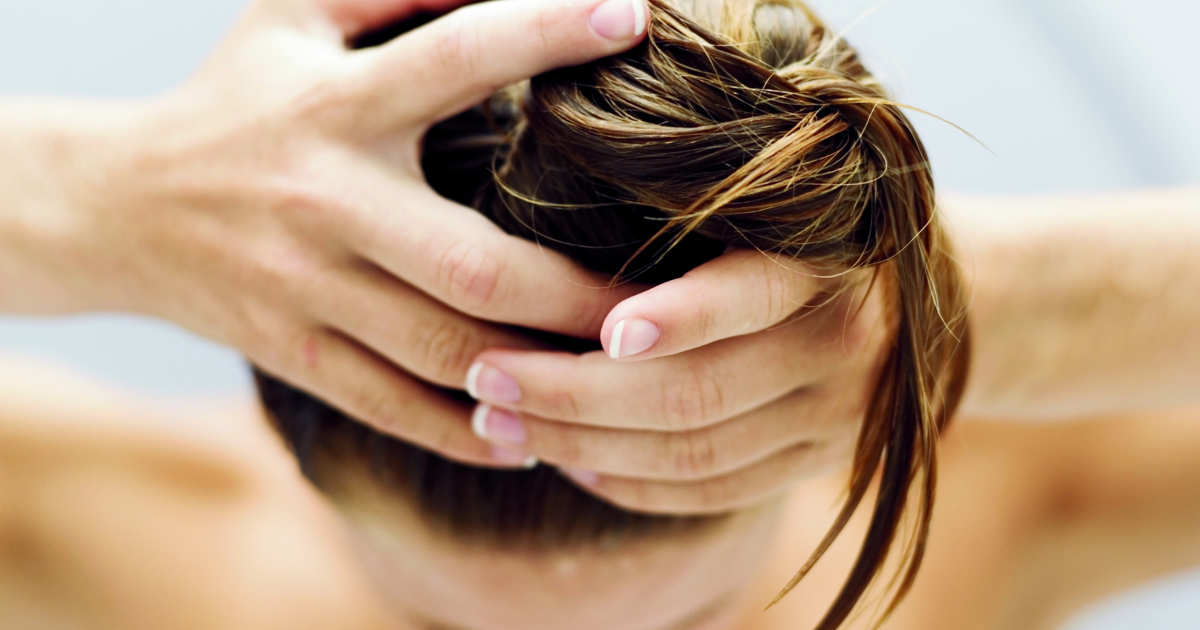Risk Factors And Causes Of Earlobe Cysts
Damaged Hair Follicles Or Oil Glands

Sweat glands are not the only channels connecting the body’s subsurface to the skin. Hair follicles have a sac structure with the hair root at its base. The hair is directed to the skin surface by cells comprising the sac’s walls. Oil glands may be independent structures or may be associated with hairs. Normally, these glands generate sebum, depositing it directly on the skin surface or indirectly by coating the shaft of hair in its sac. At the skin surface, the sebum softens and waterproofs. Damaged hair follicles or oil glands are part of a pilosebaceous unit. External or internal blockage at the hair follicle or oil gland may result from debris or infection present within the sac. Doming of the sac may result in bursting at skin level as a result of infection. Any compromised unit component may infect the whole. Units are present in most skin areas affected by acne. Epidermoid cysts are not cancerous, but they do grow as sebum swells the sac, even as infection resolves. These are technically space-occupying lesions and are not cancerous.
Continue reading to reveal more information about the causes and risk factors for earlobe cysts now.